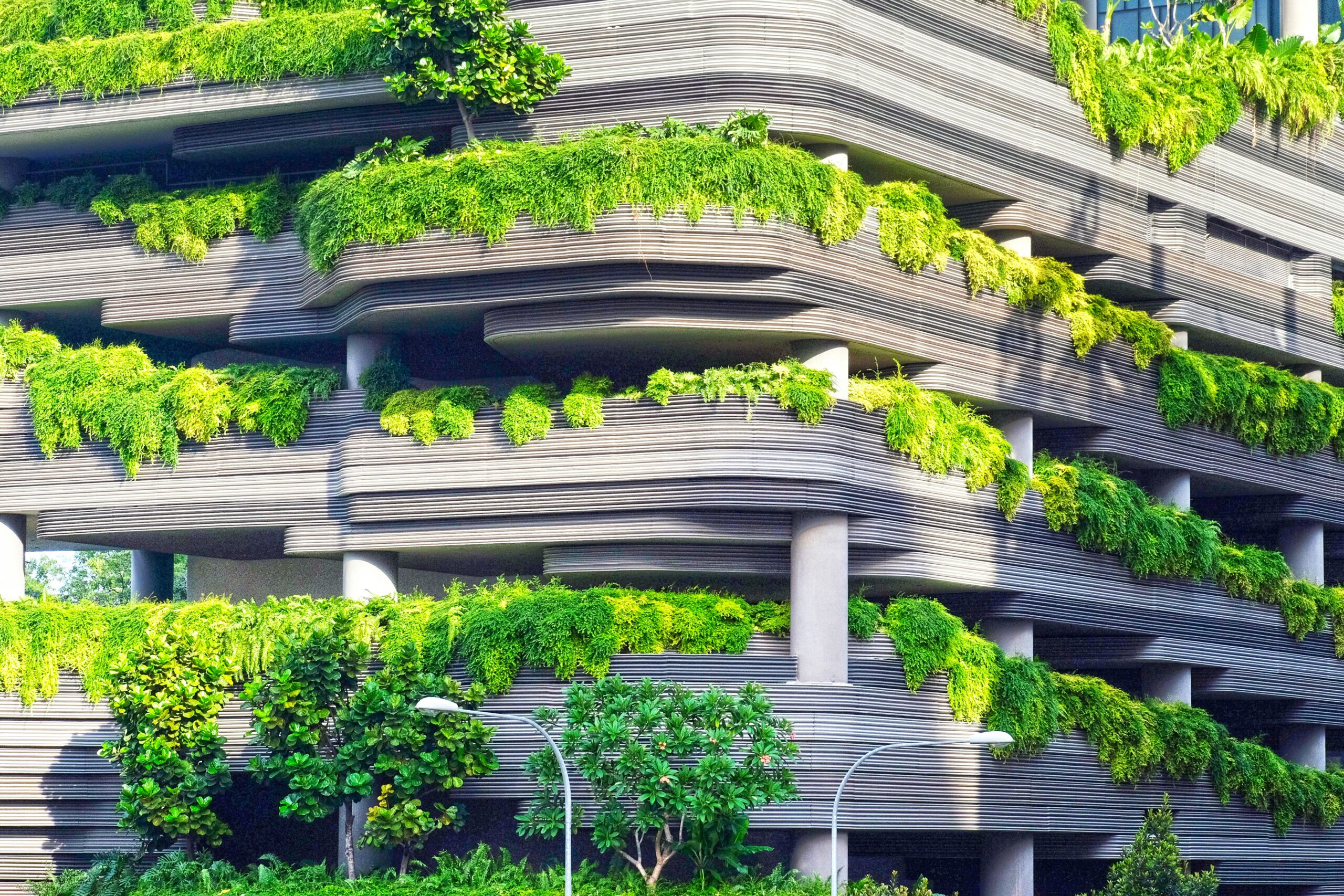
Green architecture is becoming an increasingly critical aspect of sustainable development. As urbanization continues to rise, the environmental impacts of traditional construction practices become more apparent. This has led to a growing need for buildings designed with sustainability in mind. By focusing on energy efficiency, eco-friendly materials, and innovative design practices, green architecture seeks to minimize the environmental impact of buildings while providing healthier and more efficient living and working spaces.
The importance of green architecture in the future of construction cannot be overstated. It represents a shift from conventional building practices to methods that prioritize the environment, reduce waste, and promote long-term sustainability. As cities grow and the need for infrastructure increases, embracing green building techniques ensures that development aligns with ecological preservation. The transition towards sustainable construction practices is not only essential for reducing carbon emissions but also plays a pivotal role in improving the quality of life for people living in urban environments.
The Fundamentals of Green Architecture
Green architecture integrates environmental sustainability into every aspect of building design and construction. At its core, it focuses on reducing energy consumption, lowering the carbon footprint, and utilizing renewable resources. Building systems are optimized to be more energy-efficient, and the selection of materials is made with careful consideration for their environmental impact. For instance, green roofs, solar panels, and energy-efficient windows are standard features in green buildings that help reduce the need for artificial heating, cooling, and lighting.
Moreover, green architecture promotes the use of sustainable materials. This includes using locally sourced products, recycled materials, and those with low environmental impact throughout their lifecycle. Additionally, water conservation techniques, such as rainwater harvesting systems and efficient plumbing fixtures, are essential components of green design. Together, these practices help to ensure that buildings consume fewer resources and produce less waste over time, making them more sustainable for future generations.
Energy Efficiency in Green Architecture
Energy efficiency is a cornerstone of green architecture. By utilizing modern technologies and design strategies, green buildings are constructed to maximize energy conservation and minimize energy waste. This is achieved through various methods, including passive solar heating, high-performance insulation, and energy-efficient appliances. These buildings also rely heavily on renewable energy sources such as solar power and wind energy, which significantly reduces dependence on fossil fuels.
Furthermore, the design of green buildings often incorporates features that allow natural light to penetrate deeply into the interior spaces. This not only reduces the need for artificial lighting but also promotes a healthier indoor environment. The integration of energy-efficient HVAC systems, smart thermostats, and advanced insulation techniques helps maintain a comfortable indoor climate while minimizing energy consumption. These energy-saving measures not only help lower utility costs but also reduce the building’s overall carbon footprint.
Sustainable Materials and Resource Management
Sustainability extends beyond energy efficiency to the selection of materials used in construction. Green architecture emphasizes the use of materials that are both environmentally friendly and durable. This includes recycled materials, bamboo, reclaimed wood, and low-VOC (volatile organic compound) paints and finishes. By choosing these materials, builders reduce the need for new resources and minimize the environmental impact associated with material extraction, transportation, and disposal.
In addition to sustainable material choices, green buildings also focus on efficient resource management during construction. For example, builders prioritize waste reduction by recycling and reusing construction debris wherever possible. This reduces the amount of waste sent to landfills and minimizes the environmental impact of the building process. Moreover, construction sites often implement measures to prevent soil erosion and protect local ecosystems. This holistic approach to sustainability ensures that the construction process itself contributes to a greener future.
Enhancing Health and Well-Being Through Green Design
Beyond environmental benefits, green architecture plays a significant role in enhancing the health and well-being of its occupants. Natural light, improved air quality, and the use of non-toxic materials all contribute to creating healthier living and working environments. Studies have shown that access to natural light and well-ventilated spaces can improve mental health, increase productivity, and even lower stress levels.
Additionally, the use of eco-friendly materials in construction can improve indoor air quality by reducing the presence of harmful chemicals and allergens. Green buildings often feature advanced air filtration systems that help maintain a fresh and clean indoor environment. This focus on the health and comfort of occupants ensures that green architecture benefits not only the planet but also the people who inhabit these spaces.
Green Architecture’s Role in Global Sustainability
Green architecture is not just a trend; it is a necessary step towards achieving global sustainability goals. The construction industry is one of the most significant contributors to greenhouse gas emissions, making it essential to transition to more sustainable practices. By adopting green building techniques, we can reduce emissions, conserve resources, and create more resilient communities. Furthermore, green architecture aligns with the United Nations’ Sustainable Development Goals (SDGs), particularly those focused on responsible consumption, climate action, and sustainable urban development.
As governments and organizations worldwide recognize the importance of sustainable development, the implementation of green architecture will likely become more widespread. Policymakers and organizations are introducing policies and incentives that promote sustainable and environmentally friendly building practices. As awareness grows, more projects are expected to prioritize sustainability. The future of construction lies in creating buildings that are not only functional and beautiful but also aligned with the principles of environmental stewardship and social responsibility.
Green architecture is more than just an approach to building—it is a vital component of sustainable development. By prioritizing energy efficiency, sustainable materials, and the well-being of occupants, green architecture is shaping the future of construction and urban development. As technology advances and organizations dedicate more resources to sustainable practices, the potential of green architecture to address global environmental challenges grows. In embracing these innovative design strategies, we are not only building the future but ensuring that it is a future where people and the planet thrive together.